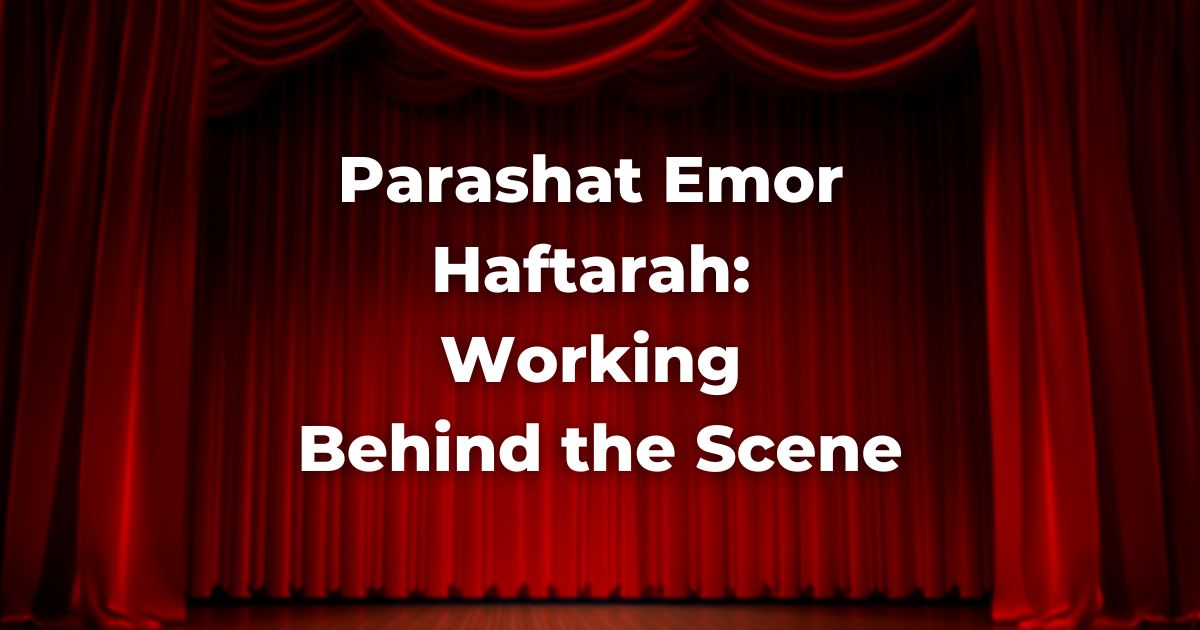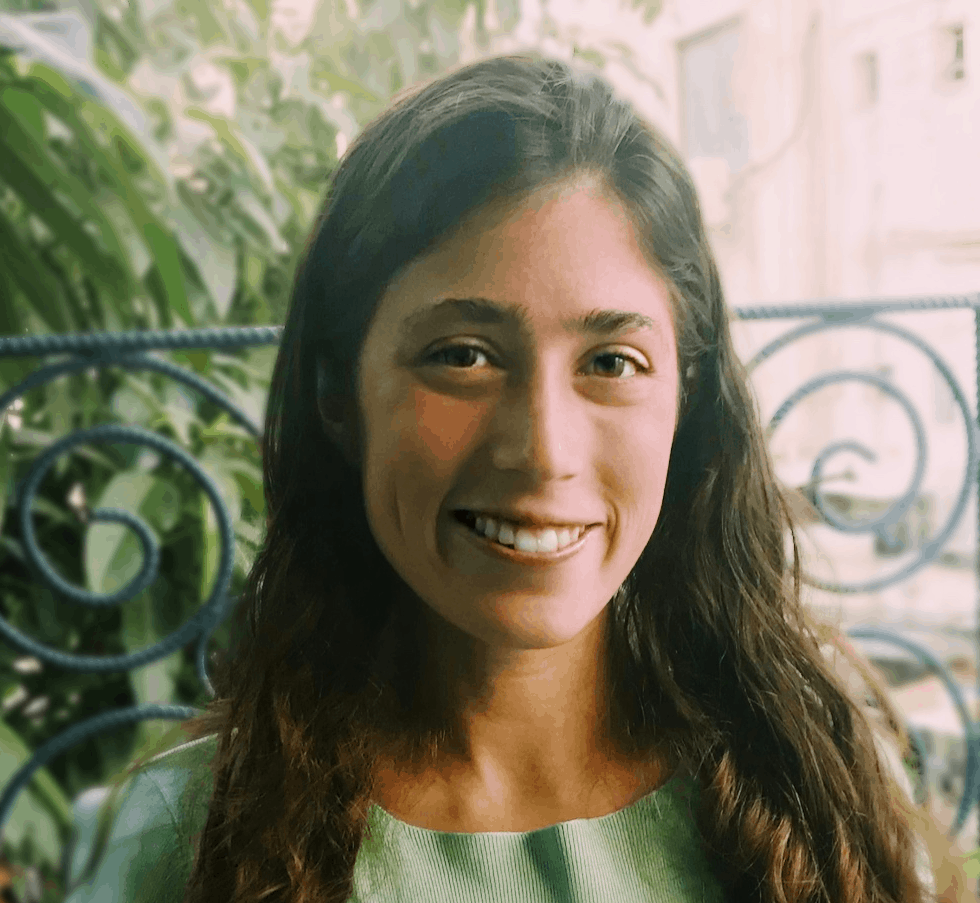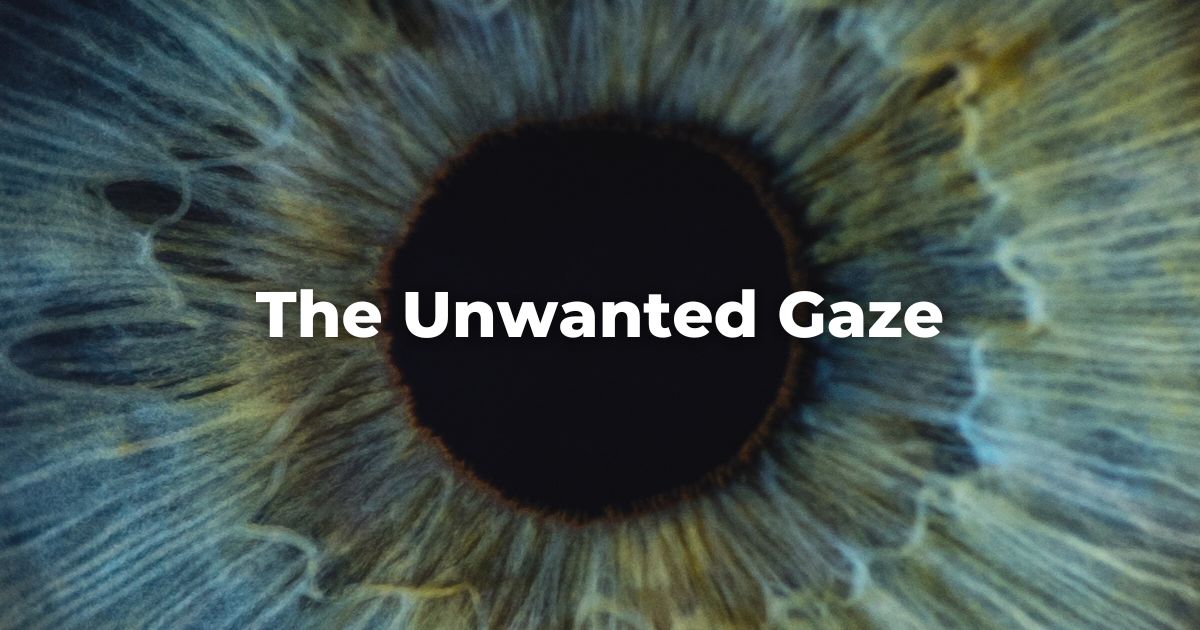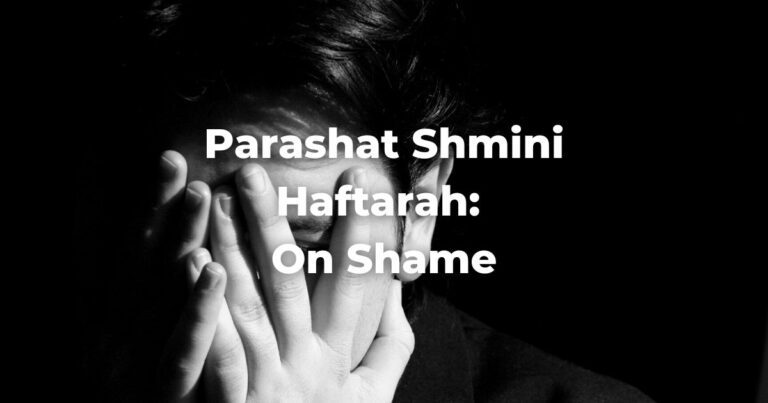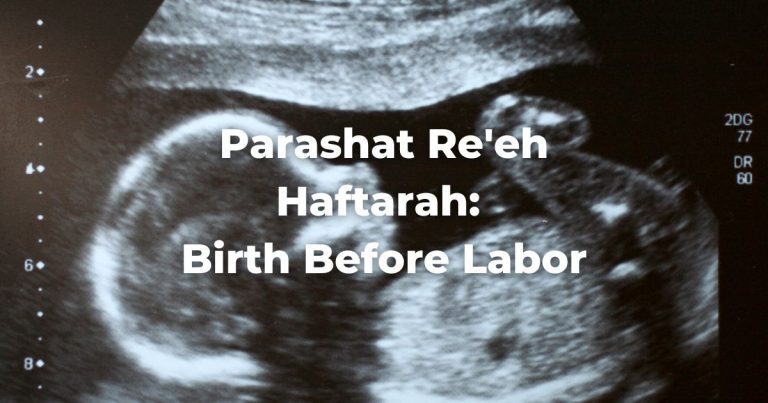Our haftarah expands on this week’s parasha, limiting the priestly work in the mikdash to a very specific subset of the priests, namely, the descendants of Zadok.
How Zadok came to the priestly position
We read about Zadok as a contemporary of King David, who was ever loyal to King David. When King David chose to flee Jerusalem in order to escape his rebelling son, Absalom, Zadok turns to flee with him, taking the ark of the covenant with him to accompany David.
David will not let Zadok or the ark come, but Zadok’s heart is clearly in the right place. Later, as David’s days as ruler draw to a close and his sons once again vie for power, Zadok chooses the winning side again. He supports Solomon against Adonijah. When Solomon becomes king, Zadok is given the position of high priest.
Yet after this point, we do not hear about Zadok himself again. Zadok is conspicuously absent in the building and dedication of the First Temple. Solomon, the King whom Zadok anointed, is the one who builds and dedicates the Temple. And yet Zadok does not seem to be there at all.
We read in 1 Kings 8 about the pains taken to move the ark of the covenant safely into its new home in the Temple. We cannot read it without recalling Zadok’s handling of it under King David. Yet here, King Solomon assembles the elders, the heads of the tribes for the honor of carrying the ark. The priests then take up their role in putting the ark into the newly constructed Temple.
Reinstating the priests with or without Zadok
But once again, there is no mention made of Zadok, no mention made of the high priest.
Zadok, who had already proved his mettle as someone who could carry the powerful and dangerous ark, is not tapped for the task this time. He may not even be present.
In the very moment that seems like it should be the climax of his career as high priest, following in the footsteps of Aaron in the dedication of the Mishkan, Zadok is absent. We hear, instead, Solomon’s voice raised up in praise to God.
Why did Zadok disappear at what should have been his finest hour and why do his descendants reappear hundreds of years later in our haftarah, after the destruction of the First Temple, as Ezekiel looks forward to the construction of the next?
Why does our haftarah narrow the focus from all priests to all descendants of Zadok?
Perhaps, Zadok and his descendants did play a specialized role. Perhaps, these sons of righteousness were the interim heads of school, the specialists who appear to get the job done in the moments of transition.
Infinitely reliable, they pick up the slack when no one else can even hold the rope. But when the time for thank you speeches and assigning credit arrives, they bow out. In this way, they mirror both Moses of our parasha and Ezekiel of our haftarah. They get the job done and then they pass on the reins, never seeking the limelight.
See more: Parashat Emor
Originally posted as part of the Conservative Yeshiva at the Fuchsberg Jerusalem Center’s Torah Sparks. Support TorahRefers to the first five books of the Hebrew Bible, the Tanakh, also called the Five Books of Moses, Pentateuch or the Hebrew equivalent, Humash. This is also called the Written Torah. The term may also refer to teachings that expound on Jewish tradition. Read more learning from the Fuchsberg Jerusalem Center/Conservative Yeshiva for leaders and seekers around the world here.
Authors
-

Bex Stern Rosenblatt is the Conservative Yeshiva’s Faculty-in-Residence for the Mid-Atlantic Region of the United States, teaching Tanach, using the techniques of close-reading, theater, feminist readings, and traditional commentators. Bex also directs the CY’s recruitment efforts in North America. After finishing her B.A. in History and German at Williams College, Bex received a Fulbright Grant to Austria. She later earned an M.A. in TanakhAn acronym for the name of the Hebrew Bible: Torah, Neviim, and Ketuvim. Read more from Bar Ilan University and has also studied at the Conservative Yeshiva and Bina Jerusalem. Bex is the founder of HavrutaA study partner. A hevruta is more than just a ‘study buddy’ it is a serious and personal relationship between colleagues. Also spelled: Havruta Read more Tel Aviv, an organization that facilitates guided pair-learning of the Tanakh.
View all posts -


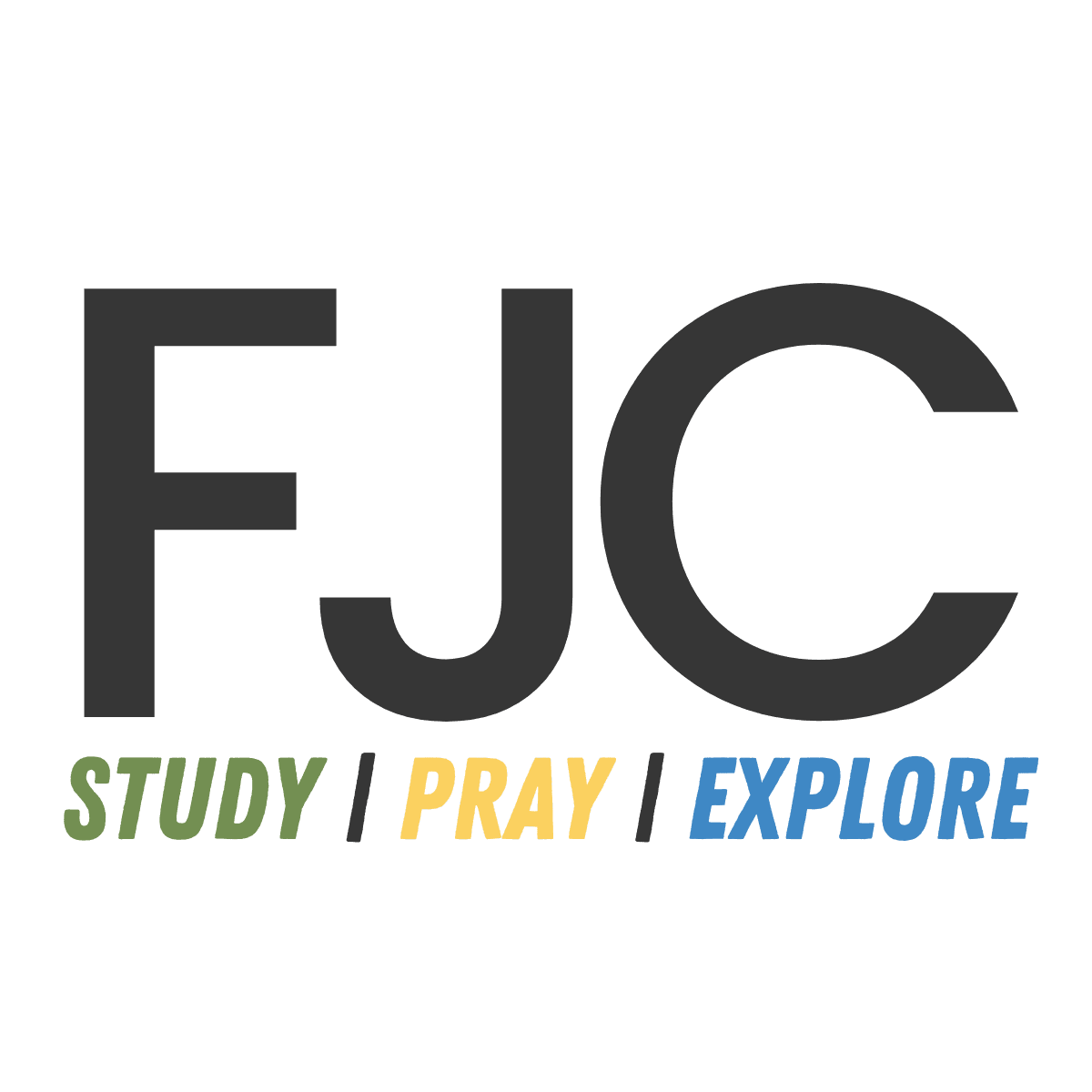
The Fuchsberg Jerusalem Center (FJC) is a home in the heart of Jerusalem where leaders and seekers can find an authentic place in Jewish tradition to call their own. FJC offers opportunities to study, pray and explore within an egalitarian and inclusive setting, creating multiple pathways for finding personal and communal meaning.
View all posts

